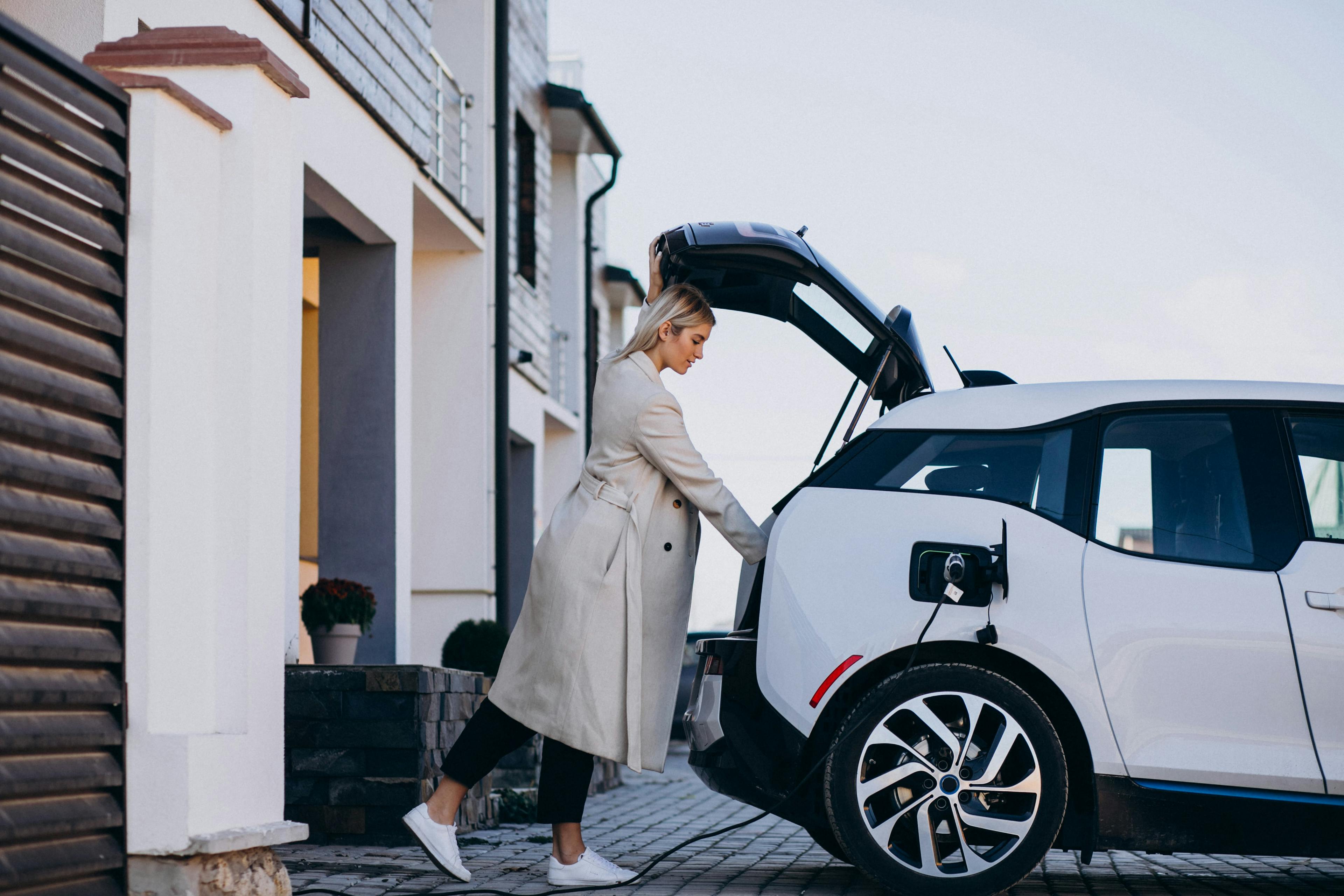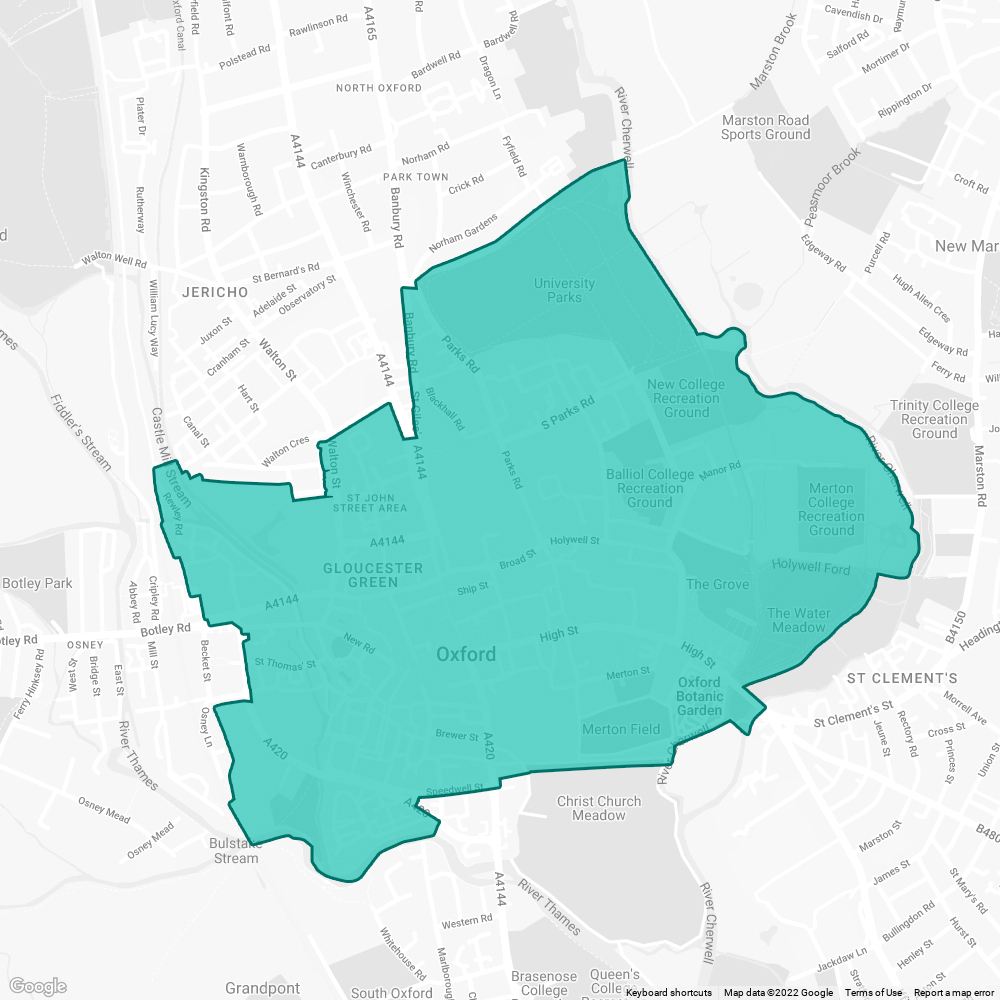
Oxford Zero Emissions Zone: Everything You Need To Know
The essential knowledge about the UK's first zero emissions zone.
Oxford is Britain’s first Zero Emissions Zone and was launched in February 2022. Since it’s the first of its kind, there is plenty you need to know.
Whether you live or work in Oxford, or simply plan on taking a trip there, we’ll tell you everything you need to know about the Oxford Zero Emissions Zone.
What is a Zero Emissions Zone?
A Zero Emissions Zone (ZEZ) is an area in a city in which only zero-emission vehicles can be driven for free – any vehicles that produce emissions will have to pay to drive through the zone.
It is similar to a Clean Air Zone (CAZ) or a Low Emissions Zone (LEZ), but is much more restrictive on which vehicles you can drive in the zone without being charged.
Unless your car is fully electric or you have an exemption, you will need to pay a daily charge when travelling through the zone.
Why is a Zero Emissions Zone Needed?
In Oxford, a bustling and historic city, the most significant cause of air pollution comes from vehicle emissions. Vehicle emissions are harmful to human health - Oxford University estimates that health issues caused by these emissions cost our NHS and society more than £6 billion per year!
Not only that, but they are also a leading pollutant and contribute greatly to climate change.
In line with the government plan to ban the sale of new petrol and diesel cars in 2035, ZEZs aim to help cut air pollution to improve human health and slow global warming. The introduction of the zone in Oxford plans to encourage people to switch to a low or zero-emission vehicle as well as make other positive changes to their travel behaviour - such as walking or cycling when possible.
How Does the Oxford Zero Emission Zone Work?
Presently, we are in the pilot phase of Oxford’s ZEZ, where a select number of roads count as the current zone. These roads are identified by traffic signs. Local cameras are installed around the zone with automatic number plate recognition technology.
If you are required to pay the charge, you can do so up to six days in advance of your journey, on the day of your journey, or in the six days following your journey. This can be paid via the Oxfordshire County Council website.
Where is the Zero Emissions Zone?
Since we are still in the pilot phase of Oxford’s ZEZ, the zone is currently organised by street. The streets that count as the zero-emissions zone are as follows:
The whole length of:
- Bonn Square
- Queen Street
- Cornmarket Street
- New Inn Hall Street
- Shoe Lane
- Ship Street
- St Michael’s Street
And between the following points on these streets:
- Between Bonn Square and its junction with Castle Street, New Road
- Market Street, from its junction with Cornmarket, extending east for 40 metres
If the pilot scheme is a success, the zone will be extended to cover the entire city centre. It is unclear currently when the second phase will be rolled forward and where the new boundaries will lie, but for now, it is just these streets where the charges apply.

How Can You Tell If You're in the Zone?
If you haven’t double checked your route before you drive through Oxford, there is no need to panic. You will be able to tell if you are in the Zero Emissions Zone by the green road signage that will be around the area.
It is symbolised by a green circle with the letters 'ZEZ' in the centre.
What are the Charges?
The charges are different depending on the vehicle you drive:
Zero emissions vehicle (ZEV): £0
Ultra-Low Emissions Vehicle (ULEV): £2
Low Emissions Vehicle (LEV): £4
Any other vehicle: £10
These prices are a daily charge from 7 am to 7 pm and will double in August 2025.
What Counts as a Zero Emissions Vehicle?
A Zero Emissions Vehicle is defined as a vehicle that emits 0g/km CO2. This is usually a fully electric or hydrogen vehicle, including vans, cars, and motorbikes.
Since Oxford is a zero emissions zone, even ultra-low emission vehicles have to pay, as they still produce emissions, even though it is in small quantities.
What Happens to the Money?
The money collected from the Oxford ZEZ charges will be used in a variety of different ways. It will be used to help run the scheme, funding it in many different aspects.
Any money left over will be spent on schemes and initiatives which enable local transport policies and help the transition to zero-emissions vehicles and transport in the community.
Are There any Discounts for the Zero Emissions Zone?
You may be eligible for a discount for the ZEZ. You must apply for the discount before you intend on travelling in the zone, otherwise, you will still be charged.
Here is the list of reasons you may be entitled to a discount, and how much:
- If you are a Blue Badge Holder, you are entitled to a 100% discount.
- If you have a disabled tax-class vehicle, you are entitled to a 100% discount.
- If your private hire vehicle or Hackney carriage is a petrol-electric hybrid, you are entitled to a 50% discount.
Read More
Why Should I Buy an Electric Car?
If you’re interested in owning an electric car, you need all the facts to make an informed decision. Read this article to find out all the positives and negatives of owning and driving an EV. It could be the best thing you do this year.